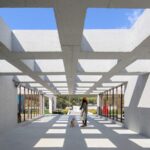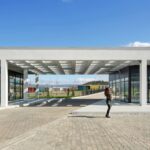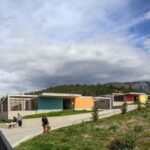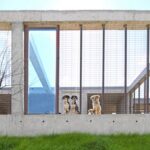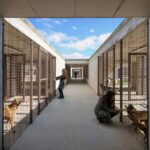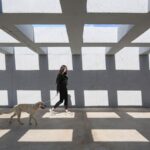
In the heart of Gökdere, Turkey, stands the Pako Street Animal Social Life Campus, a beacon of compassion and care for stray animals. Designed by Mert Uslu Architecture, this groundbreaking facility redefines the paradigm of animal shelters, prioritizing rehabilitation and human-animal interaction.
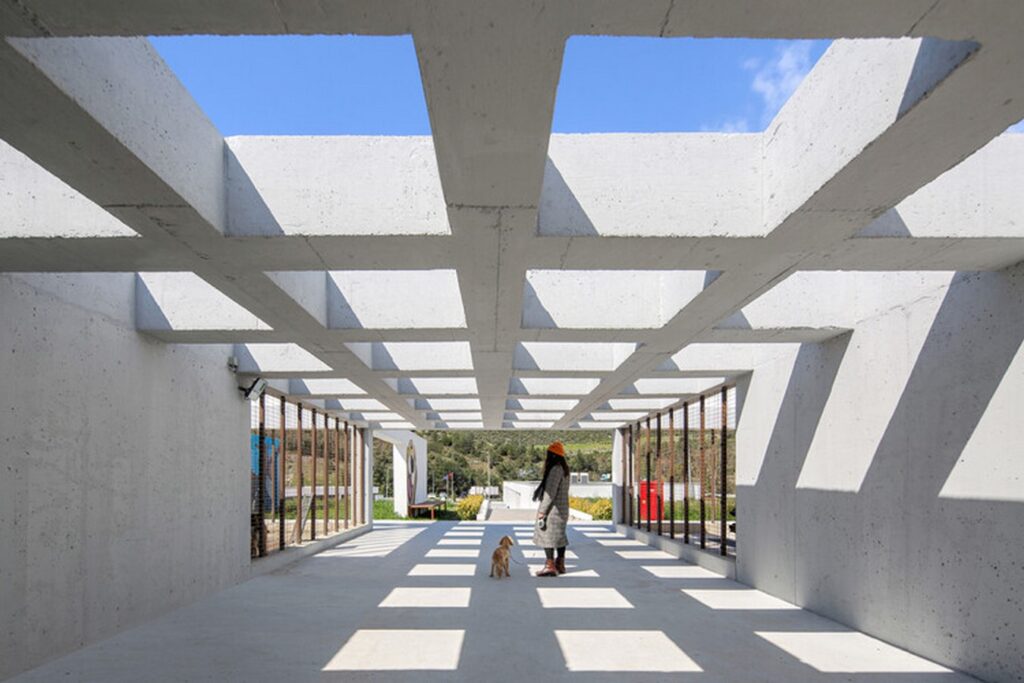
Redefining Shelter Spaces
Situated on a sprawling 110,000 m² site in Bornova, Izmir, the campus features strategically designed shelters that foster interaction between humans and dogs. The layout emphasizes adoption, with open and closed spaces carefully arranged to facilitate connection and rehabilitation.
Innovative Design Elements
Shelter units, positioned along the site’s periphery, boast spacious living quarters, ample natural light, and efficient ventilation systems. Softscapes, comprising green and dirt areas, create a harmonious blend with the surrounding landscape, enhancing the animals’ wellbeing.
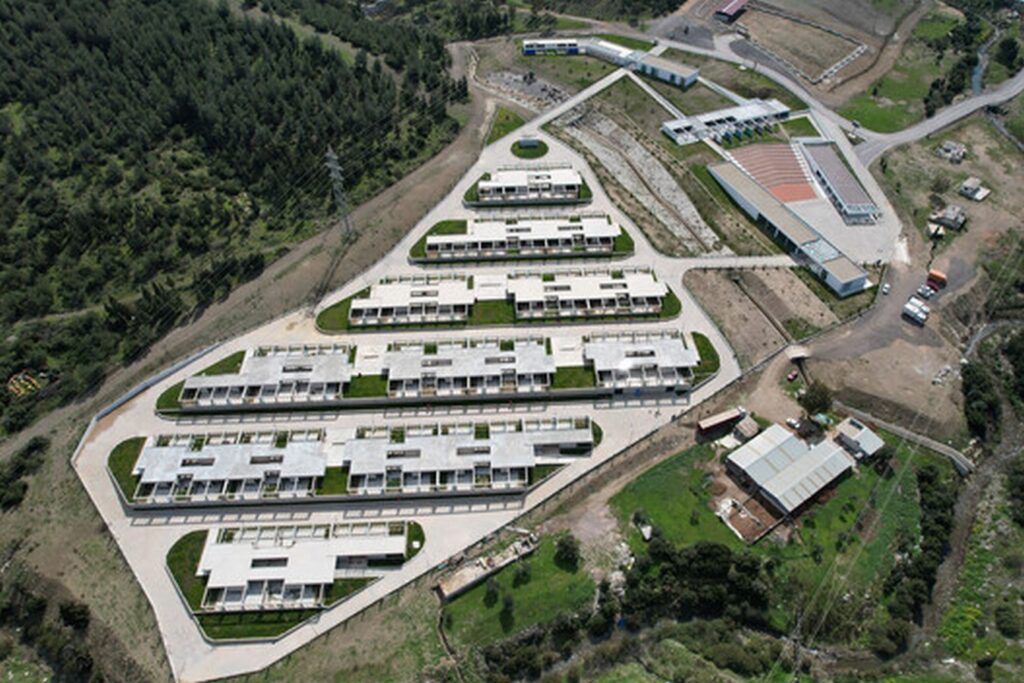
Integration with Nature
The design ethos extends beyond functionality, incorporating elements like wire mesh screens to foster visual connections between visitors and dogs. Entrances are thoughtfully designed to ensure safe access, while administrative areas offer educational workshops on dog care and adoption.
Enhancing the Adoption Experience
Central to the campus is an open amphitheater, serving as a communal space for visitors to engage with potential pets. Concrete walls, adorned with information about resident dogs, provide essential insights into each breed’s characteristics, aiding prospective adopters in making informed decisions.

Pioneering Rehabilitation
The Pako Street Animal Social Life Campus goes beyond conventional sheltering practices, pioneering a holistic approach to animal care. With a commitment to releasing animals back into their natural habitats post-treatment, the campus sets a new standard for future facilities.
Conclusion: A Compassionate Haven
In its innovative design and unwavering commitment to animal welfare, the Pako Street Animal Social Life Campus stands as a testament to compassion and community. By prioritizing rehabilitation, adoption, and human-animal interaction, it offers a glimpse into a future where every stray finds a loving home.




